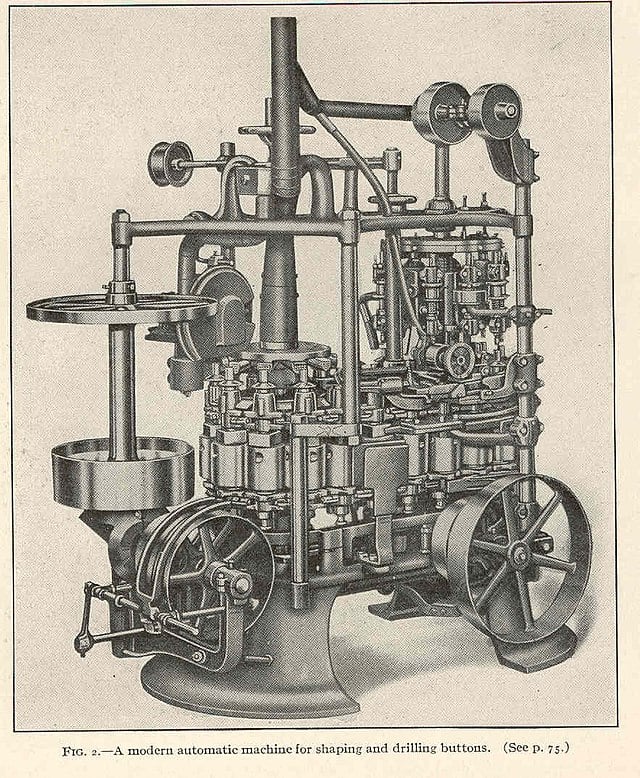Circuit is for controlling the fan on a Raspberry Pi, just on/off according to temp, no PWM. Not sure about the diode as it has a .7V drop and it’s a tiny brushless DC motor. No markings on the fan so I measured the current with a multimeter when hooking it up to a USB charger. Circuit was adapted from here using what I have on hand.
Suggestions? Any advice is greatly appreciated!
*EDIT: Confirmed, this circuit works on a Raspberry Pi 4. Base was wired to GPIO 17 and manually tested using commands:
raspi-gpio set 17 op dh
raspi-gpio set 17 op dl
I didn’t use a breadboard, just hack-n-slash with the wires coming out of the fan, the leads on the thru hole components, a jumper connected to gpio 17 as a socket for the base/resistor lead, and heat shrink tubing for insulation. Folded it up as I closed the housing. Case combo including heatsinks and fan here.


Doing some quick math, the transistor will have a base current of 5 milliamps, which a Pi should be able to supply. At a fairly typical beta of 100, the transistor could drive the fan at up to .5 amps, which is plenty for a small fan. A MOSFET transistor is generally better suited for switching high current loads, but for this a BJT (as drawn) should be fine.
The transistor is a 2N4401. From the datasheet, VBE(sat,max) = 1.2 V and hFE(min) = 20, so it could drive ~60 mA in the worst case
Thanks for checking the datasheet!